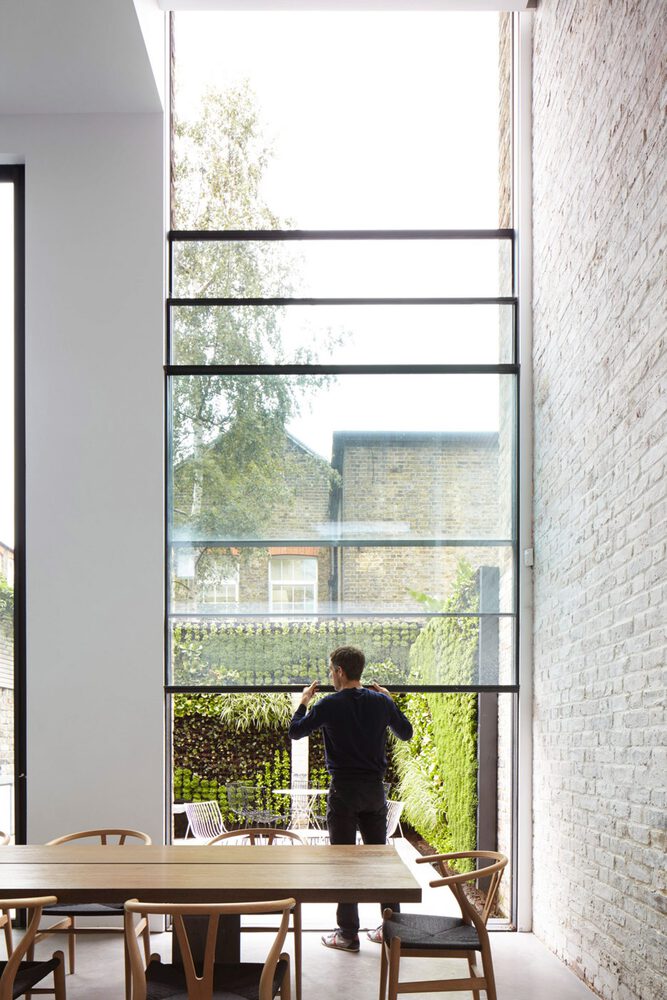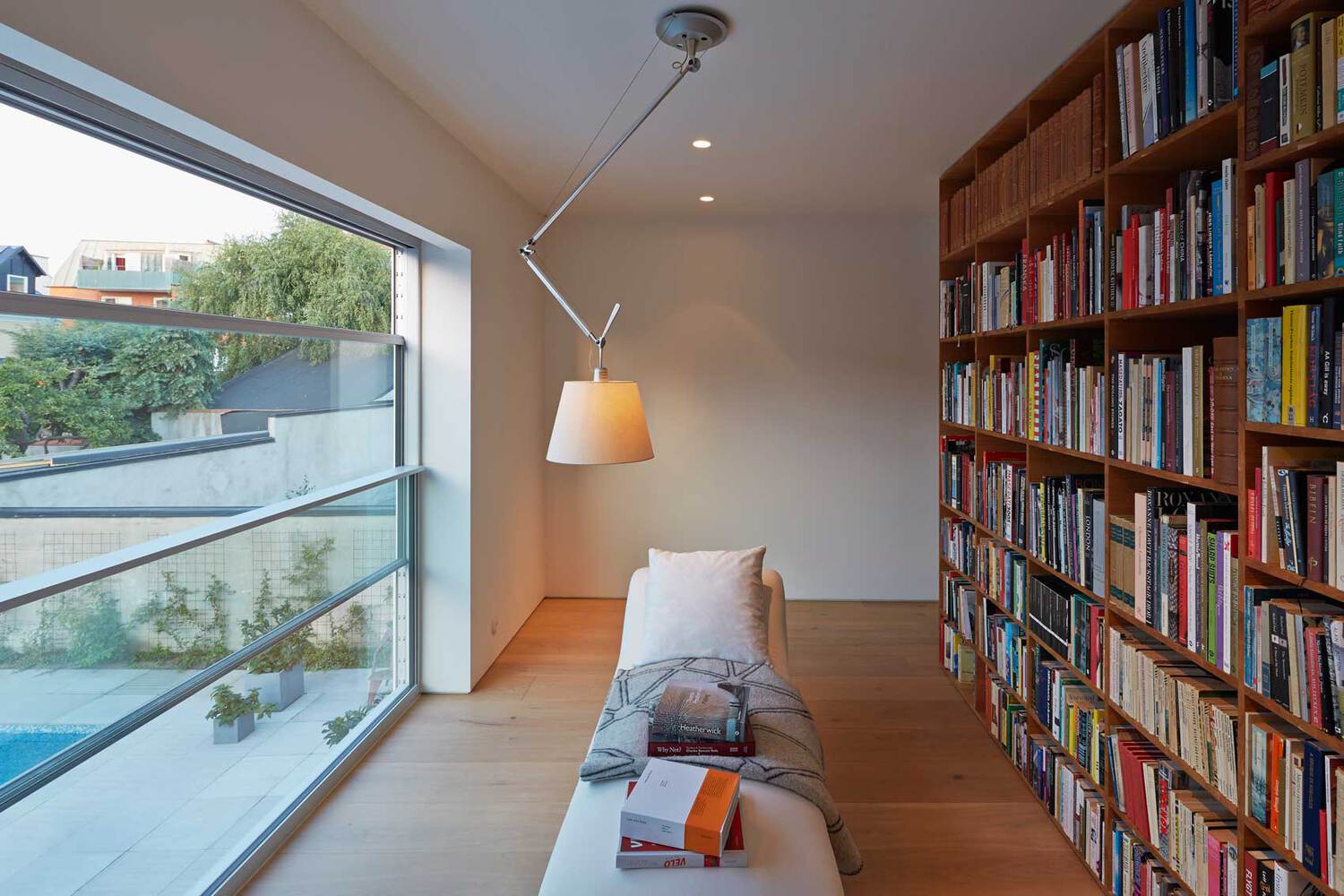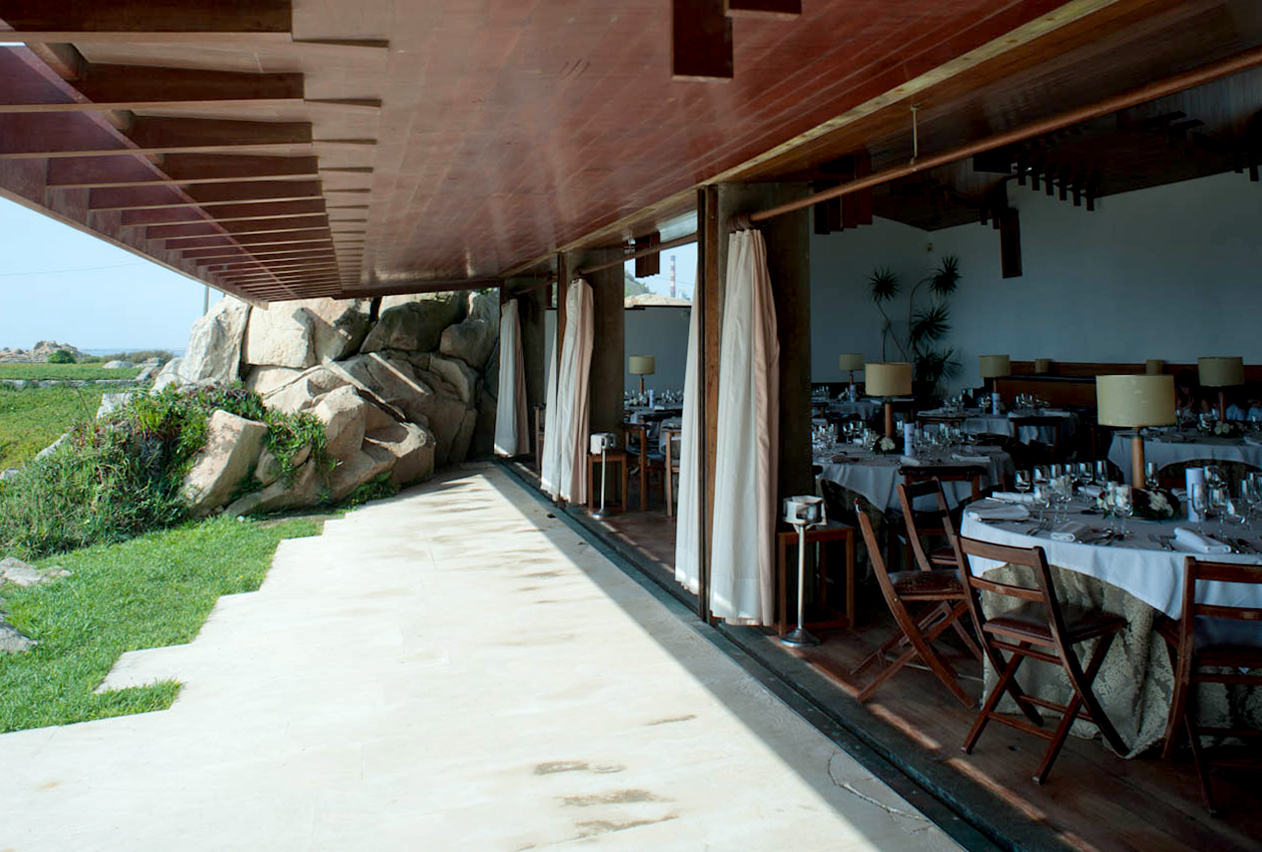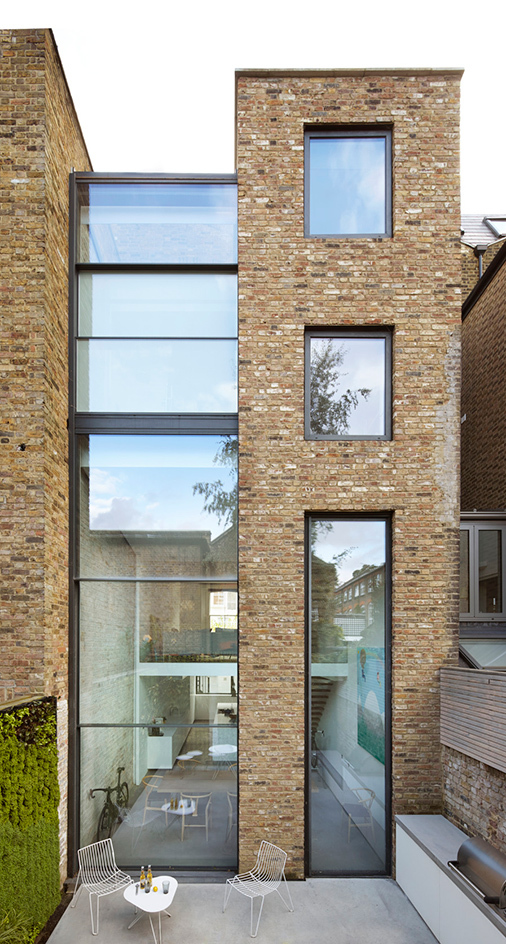Vertical Sliding Windows: Fusing Technology, Efficiency and Aesthetics

When it comes to windows, we can see how much the industry's technology has evolved over time. While the first versions of windows were small and not very transparent, today we can find large sheets of glass that blur the boundaries between the inside and outside, and can create virtually translucent façades. And this doesn't have to be limited to fixed glass. These days, we can use huge glazed surfaces that can be easily handled, thanks to a great deal of research and experimentation by manufacturers to improve components and raw materials. To create a large frame, for example, larger furnaces are needed for tempering, and strict technical control is required, demanding precision and high-quality standards, along with structural bonding using modified silicones and silyl-based polymers.
 With so many options, choosing the right type of opening for each space is crucial; sliding, pivoting or awning windows are the more traditional types that are often seen as essential elements. Vertical sliding windows, for example, are ideal for optimizing window openings in places with width restrictions, making them an attractive choice for homeowners and architects alike. One feature that distinguishes them from other types of openings is that they can disappear completely when opened, freeing up views and access. This was Alvaro Siza's thinking in his seminal Boa Nova Tea House, where the restaurant's tables can be integrated into their surroundings, removing the barriers to the Atlantic Ocean. In this case, the windows run vertically downwards and remain hidden under the floor. But, basically, these frames work simply by moving them vertically, upwards, to open and secure them in place.
With so many options, choosing the right type of opening for each space is crucial; sliding, pivoting or awning windows are the more traditional types that are often seen as essential elements. Vertical sliding windows, for example, are ideal for optimizing window openings in places with width restrictions, making them an attractive choice for homeowners and architects alike. One feature that distinguishes them from other types of openings is that they can disappear completely when opened, freeing up views and access. This was Alvaro Siza's thinking in his seminal Boa Nova Tea House, where the restaurant's tables can be integrated into their surroundings, removing the barriers to the Atlantic Ocean. In this case, the windows run vertically downwards and remain hidden under the floor. But, basically, these frames work simply by moving them vertically, upwards, to open and secure them in place.

Based in China, DRUET.is an award-winning window manufacturer that seeks to offer a combination of aesthetics, efficiency and technique. Its minimalist systems exploit the structural properties of glass, allowing large glazed areas to be executed using minimal (slender) vertical aluminum profiles, resulting in elegant spaces and very little visual obstruction. Unlike traditional systems, the glass itself is the main component, while the aluminum structure takes on the secondary functions of guiding its sliding movement, providing additional structural reinforcement and guaranteeing sealing capacity. The sliding glass panels are balanced and self-centered by the modular double-bearing rails, offering light and smooth operability, even with panels of up to 29 m², weighing up to 1,800 kg/m. These one-meter-long rails are easily maintained or replaceable, ensuring the system's exceptional reliability over time.
Vertical Sliding window system by DRUET is a cutting-edge design that operates by interconnecting two or more vertical sliding glass panels using an internal or external counterweight system, ensuring impeccable balance. Moving effortlessly, these glass panels are freed up to cover large surface areas. This configuration allows the use of compact horizontal aluminum profiles, offering the flexibility of manual or motorized operation for expansive units.
The product has been used in residential and commercial projects, such as House L1 and Sash House. In the first case, the vertical sliding window allows the rooms to be fully opened up, while the fixed part acts as a guardrail. In the Sash House, on the other hand, vertical frames were chosen to bring in light and create total permeability in a double-height glazed space facing the rear garden.









